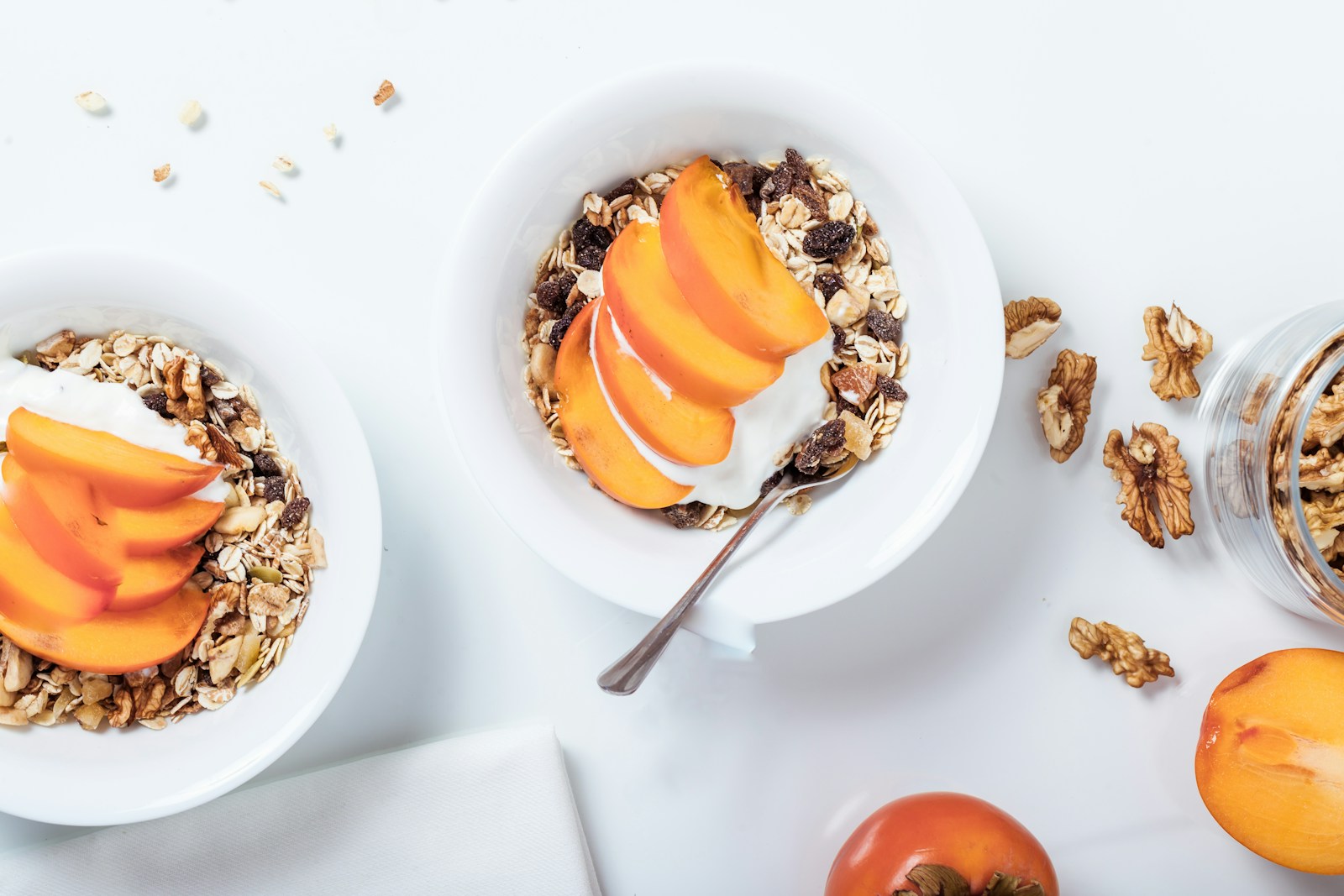Oats are widely recognized as one of the healthiest grains available, packed with essential nutrients and an excellent source of dietary fiber. However, a common question people often face is: which form of oats should I choose—rolled oats, oat bran, or oat flour? Each of these forms has its own unique benefits and differences, so let’s explore the details to determine the best option based on your nutritional needs.
Understanding the Basics
All forms of oats start from the same grain, but the way they are processed determines their final structure, texture, and nutritional profile. Whether you choose rolled oats, bran, or flour, you’ll still be getting a good dose of fiber, which is one of the main reasons people include oats in their diet. However, the amount of fiber, carbohydrates, and other nutrients can vary based on the form of oats.
Rolled Oats: Nutritional Powerhouse with Full Nutrient Retention
Rolled oats, often referred to as old-fashioned oats or whole oats, are produced by steaming and then flattening whole oat groats. This minimal processing ensures that the nutritional integrity of the oats remains intact. In this form, there is no loss of nutrients, meaning you get the full range of dietary fiber, complex carbohydrates, vitamins, and minerals that oats have to offer.
Rolled oats are available in two main versions—regular and fine. The primary difference between these two types is the size and thickness of the oats. Regular rolled oats are larger and take a bit longer to cook, while fine oats are smaller and cook faster. Both types contain the same nutritional content; the choice between them simply comes down to personal preference or how you plan to use them in cooking.
Oat Bran: Fiber-Rich and Highly Nutritious
Oat bran is the outer layer of the oat groat, which is separated from the rest of the grain during the milling process. This makes oat bran especially rich in soluble fiber and protein, with a lower carbohydrate content compared to rolled oats. One of the standout benefits of oat bran is its ability to help regulate blood sugar levels by slowing the absorption of glucose. This makes it an excellent choice for people looking to manage their blood sugar, including those with diabetes.
Additionally, oat bran has been shown to help lower cholesterol levels. The soluble fiber in oat bran binds to bile acids in the digestive system, which are then excreted from the body, leading to a reduction in overall cholesterol. For individuals looking to feel full for longer periods, oat bran is an excellent choice, as it promotes a greater sense of satiety, reducing the likelihood of overeating.
Oat Flour: A Versatile and Healthy Alternative to Wheat Flour
Oat flour is made by grinding the inner part of the oat groat into a fine powder. While it still contains many of the nutrients found in oats, such as carbohydrates and protein, the process of turning oats into flour results in a loss of a significant portion of their fiber content, especially compared to oat bran and rolled oats.
Though oat flour doesn’t have as much fiber, it still offers some health benefits and can be used as a nutritious substitute for wheat flour in various recipes. Oat flour is a great gluten-free alternative that can be used in baking cakes, pancakes, bread, and muffins. It provides a lighter texture than rolled oats or oat bran and can be more easily incorporated into everyday meals, especially for those with gluten sensitivities or celiac disease.
Despite having a lower fiber content than the other forms of oats, oat flour still contains beneficial vitamins, minerals, and antioxidants, making it a healthier alternative to refined white flour. Plus, its mild flavor makes it an excellent base for a variety of baked goods.
Choosing the Right Form for Your Needs
Regardless of the form, oats are a highly nutritious and versatile food that can be used in a wide range of recipes. However, depending on your specific dietary needs, one form may be more beneficial than the others:
- For Maximum Fiber: If you’re looking to boost your fibre intake, particularly soluble fibre, oat bran is the best choice. Its high fiber content helps with digestion, blood sugar regulation, and cholesterol management.
- For General Nutritional Benefits: Rolled oats are a great option for those looking to enjoy oats in their whole form without losing any of the essential nutrients. They are perfect for breakfast options like oatmeal, overnight oats, or adding texture to smoothies.
- For Versatility in Cooking: Oat flour is ideal for anyone who wants to substitute traditional flour in their baking. It’s a great choice for gluten-free baking and provides a nutritious alternative to refined flours.
Conclusion
Oats in any form are a fantastic addition to a healthy diet, offering numerous health benefits, particularly due to their high fiber content. Rolled oats, oat bran, and oat flour all have their unique advantages, depending on what you’re looking for. Rolled oats provide the full spectrum of nutrients, oat bran offers the highest fiber content and added benefits for heart health, and oat flour serves as a versatile ingredient for gluten-free cooking and baking.
Incorporating oats into your diet is a smart choice for anyone looking to improve their health, whether it’s for heart health, weight management, or simply maintaining a balanced diet. Whatever form you choose, oats are a nutrient-dense, versatile food that can be enjoyed in many delicious ways!











